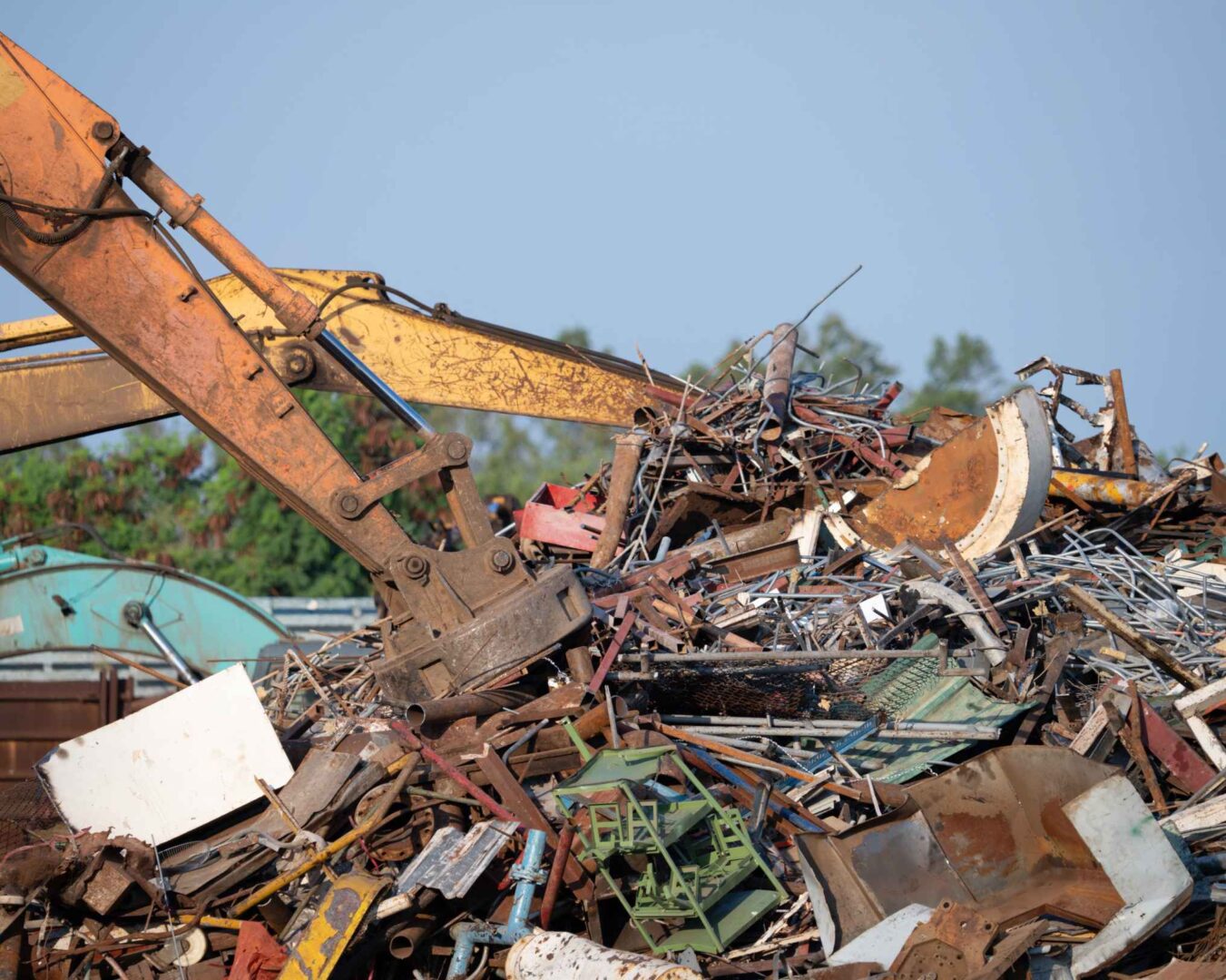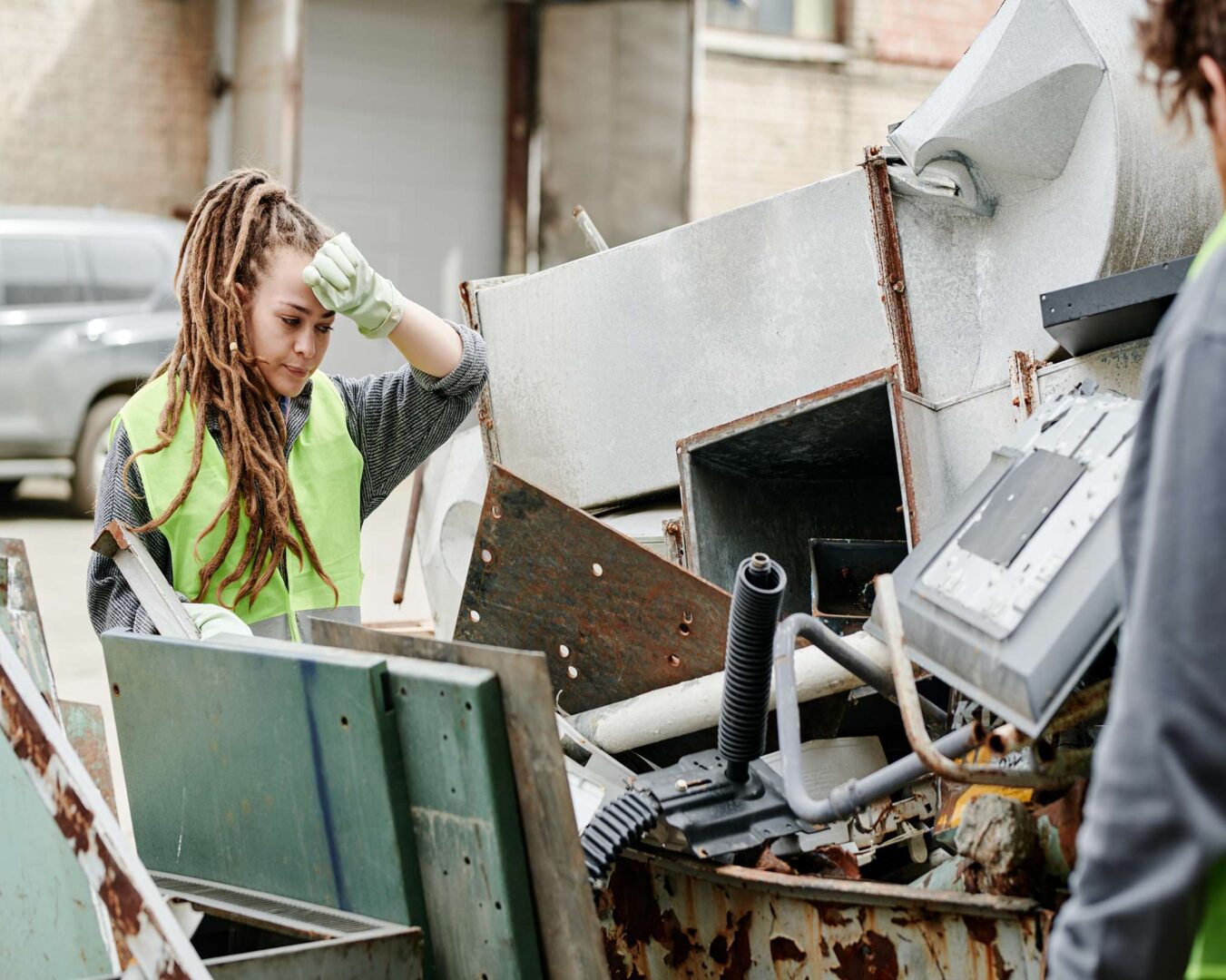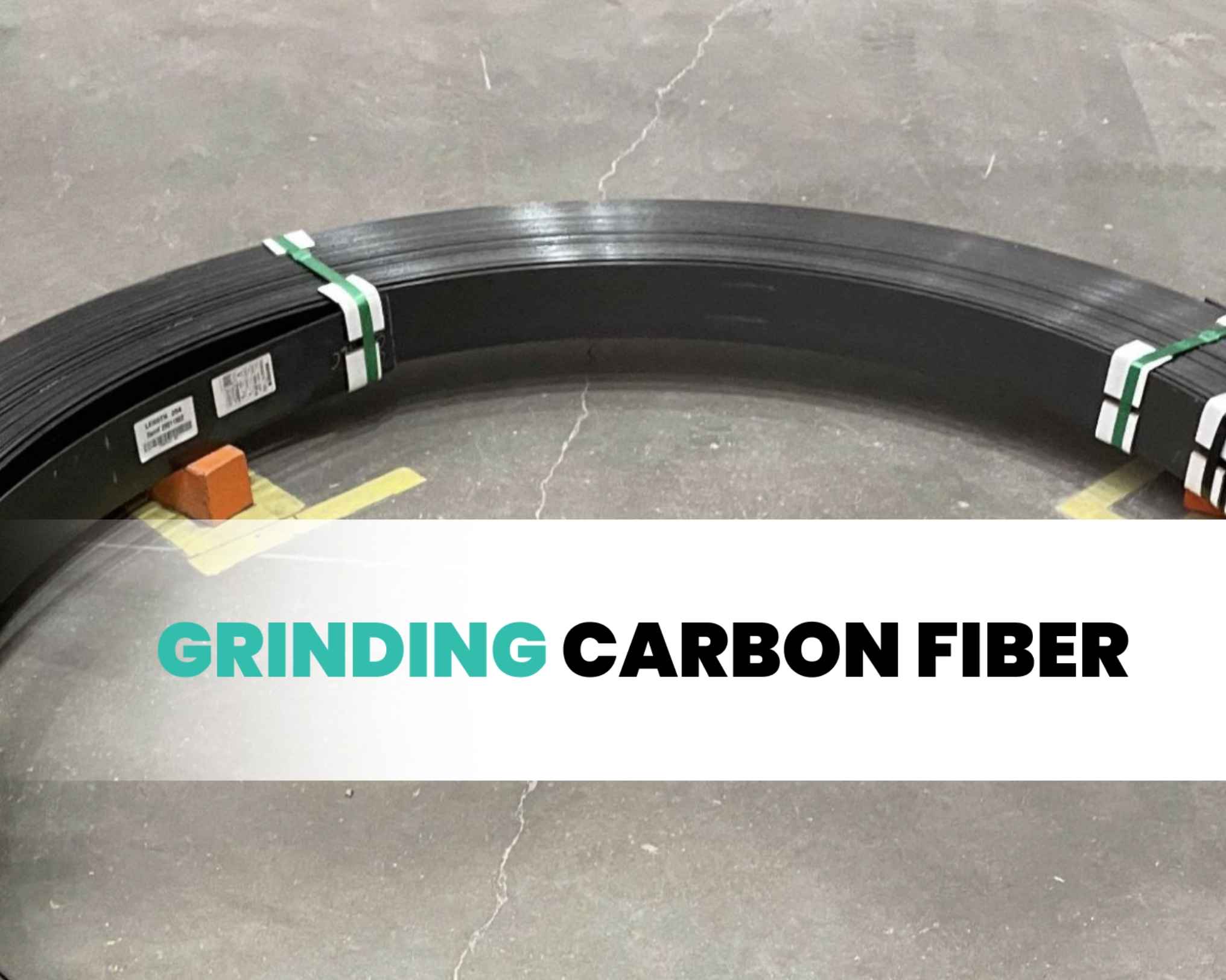In 2020, the world witnessed an unprecedented demand for Personal Protective Equipment (PPE) as frontline workers globally geared up to battle the pandemic. According to a report by the World Health Organization, approximately 89 million medical masks were required for the COVID-19 response each month. The staggering numbers brought with them another pressing concern – the disposal of these protective barriers. This article delves deep into the lifespan of PPE, its responsible removal, and the eco-friendly PPE disposal methodologies with a special focus on the beneficial reuse technique.
Table of Contents
Understanding the PPE Lifespan and Its Significance
PPE serves as the first line of defense in many industries, ensuring that workers are shielded from hazards. However, like all good things, their utility does come with an expiration.
What is PPE and its role in safety?
PPE, ranging from face masks and shields to gloves and gowns, offers a protective barrier against potential health and safety risks. TPPE tools play a crucial role in sectors like healthcare, where workers face hazardous conditions every day. But healthcare workers aren’t the only ones who benefit from PPE, anyone who wears a face mask to protect against airborne pathogens prioritizes safety first. Some key points about PPE include:
- Versatility: From respirators, and safety goggles to protective clothing, PPE encompasses a wide range of equipment.
- Regular Maintenance: For PPE to remain effective, regular checks and maintenance are essential.
The Journey from Production to Discard
Every PPE has a life cycle. It begins with its manufacture, leading to its distribution, utilization, and eventually, disposal. The typical lifespan of a surgical mask, for instance, is about eight hours post which it’s no longer deemed effective. The lifespan of any PPE product is contingent on various factors, including its type, usage intensity, and the conditions it’s exposed to. Understanding when to discard PPE is crucial to ensure optimum protection. Here’s a simple breakdown of a PPE’s life stages:
- Production: This involves sourcing raw materials, manufacturing, and quality control.
- Distribution: Post-manufacture, PPE is packaged and shipped to distributors or directly to end-users.
- Usage: This is the active phase where the PPE offers protection to its user. Its effectiveness diminishes over time or with wear and tear.
- Expiration: Every PPE has a recommended duration of effectiveness. Post this period, its protective qualities can’t be guaranteed.
The Growing Challenge: PPE Removal and Disposal
With the rising usage of PPE, especially post-pandemic, there emerges a challenge, the aftermath of its usage.
Impact of Improper PPE Disposal
Discarding PPE irresponsibly can lead to significant environmental challenges. Landfills are overflowing with discarded masks and gloves.The repercussions aren’t just environmental but can also be a public health concern:
- Wildlife Threat: Discarded masks and gloves often find their way into natural habitats, posing ingestion risks for wildlife.
- Spread of Pathogens: Incorrect disposal can lead to the proliferation of pathogens, presenting a potential health threat.
- Economic Strain: Overflowing landfills demand more space and management, leading to increased municipal costs.
Regulatory Compliance in PPE Disposal
Different states have varying regulations on PPE disposal. Ensuring adherence to these rules is crucial for businesses, not just for environmental reasons but to avoid potential legal sanctions. Regulatory bodies have been striving to create frameworks ensuring that PPE removal doesn’t translate into another environmental crisis.
The Solution: Beneficial Reuse Technique in PPE Disposal
While the problems sound dire, solutions have emerged, with the Beneficial Reuse Technique being a frontrunner.
An Insight into the Beneficial Reuse Technique
The Beneficial Reuse Technique, championed by entities like Happen Ventures, focuses on repurposing discarded PPE. This technique drastically reduces the amount directed to landfills, ensuring lesser environmental harm. Transforming the perception of ‘waste’ into ‘resource’ is the crux of the Beneficial Reuse Technique. Here’s a deeper dive:
- Economic Benefits: Repurposing PPE can lead to cost savings, reducing the financial burden on businesses.
- Collaborative Approach: Engaging with local organizations ensures that the repurposed PPE reaches those in genuine need.
- Innovation: Some entities have transformed discarded PPE into raw materials for producing new items, closing the production loop.
Happen Ventures: Leading the Way in Responsible PPE Disposal
Happen Ventures has pioneered a systematic approach to PPE disposal. They start with an assessment, followed by collection, transportation, repurposing the PPE, providing tax deductions for donations, and finally, generating a comprehensive report. Walmart, as a case study, showcased the effectiveness of this technique, reducing its waste by a significant percentage while contributing positively to the environment.
Why Businesses Should Prioritize Beneficial Reuse for PPE Disposal
Embracing responsible disposal is not just good for the planet but also makes sound business sense.
Economic and Brand Advantages
Companies adopting the beneficial reuse technique often find themselves incurring lesser disposal costs. Brands that step up to environmental challenges often garner more respect and admiration from the public. Leveraging the beneficial reuse technique has multifaceted advantages:
- Cost Efficiency: Repurposing can lead to significant savings in disposal costs.
- Brand Image Boost: Demonstrating eco-consciousness can result in an enhanced brand reputation, setting businesses apart in competitive markets.
- Consumer Engagement: An eco-friendly initiative can serve as a touchpoint to engage with consumers, fostering brand loyalty.
Environmental and Community Benefits
Apart from the obvious reduction in waste, the repurposed PPE can be directed towards communities in need. Additionally, training sessions ensure that these repurposed items are used correctly, further bolstering public health initiatives.
Steps Forward: How Businesses Can Adopt the Beneficial Reuse Model
The journey towards responsible PPE disposal is a collective one. Businesses play a pivotal role.
Partnering with Experts
Collaborating with specialists like Happen Ventures ensures that the disposal process is both efficient and environmentally responsible. Their expertise provides a roadmap for businesses keen on making a difference.
Educating Stakeholders and Promoting Awareness
Awareness is the first step towards change. Companies need to take the onus of educating their stakeholders about the lifespan of PPE, the environmental ramifications of improper disposal, and the alternatives available.
Conclusion:
As we navigate the post-pandemic world, the lessons learned must guide us. Understanding the importance of PPE’s lifespan, its correct removal, and responsible disposal is no longer an option but a necessity. The challenge might be colossal, but with techniques like beneficial reuse, there’s hope for a sustainable, eco-friendly future.




